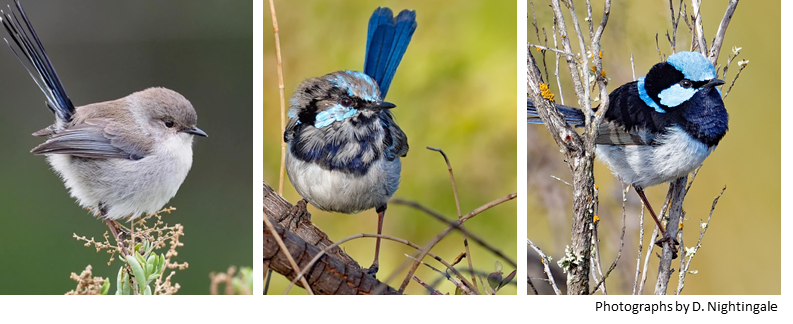Media Release
From: Monash UniversityMost birds remain the same colour year-round, replacing their feathers only once a year.
But some birds undergo a seasonal colour change and replace some of their feathers twice each year – often alternating between dull and bright feathers.
Now an international study led by a research team from the Monash University has discovered why.
The researchers tested the evolutionary drives of seasonal colour change in birds from around the world. Their findings are reported today in, Ecology Letters.
The study found that seasonal colour change in birds evolved in species where birds are under pressure to be colourful for sexual attractiveness but also face high predation risk, where it is better to be dull to avoid detection.
“This trade-off is a classic problem in ecology, and studying colour change in birds gives insight into how animal colours evolve,” said study author Associate Professor Anne Peters, from the School of Biological Sciences.
“The results suggest that seasonal colour change is an adaptation that allows birds to have the best of both worlds: they can be sexually attractive and bright while breeding, but also dull coloured and difficult to detect by predators outside the breeding season.”
For this to work, however, birds need a defined breeding season, where it is most advantageous to be sexually attractive, as well as a non-breeding season, when it is more advantageous to be dull.
The researchers found seasonal colour change was more common in birds that live in highly seasonal environments, where birds breed during periods of warmer weather or in response to seasonal rainfall.
“Colour change may be a useful model to test whether birds adjust their breeding schedules in response to shifting seasonal patterns,” said the lead author of the paper, Dr Alexandra McQueen, also from Monash University
“Unfortunately, if birds do not flexibly adjust the timing of colour change, shifts in climate could lead to a mismatch between bright colours and the ideal conditions for breeding, with consequences for attracting mates.”
The research was funded by an Australian Research Council (ARC) grant to Associate Professor Anne Peters.


